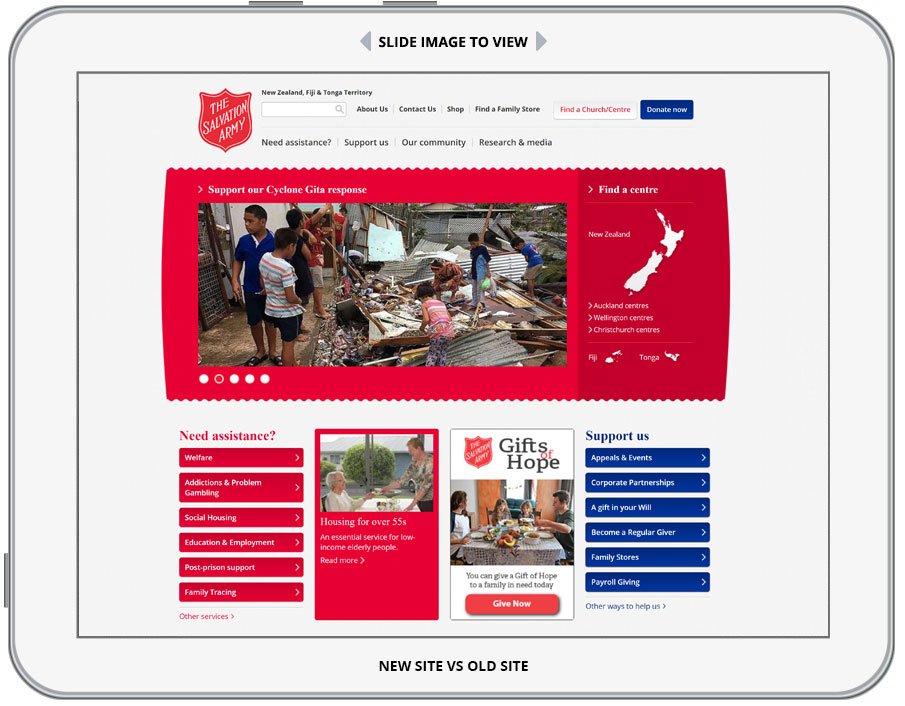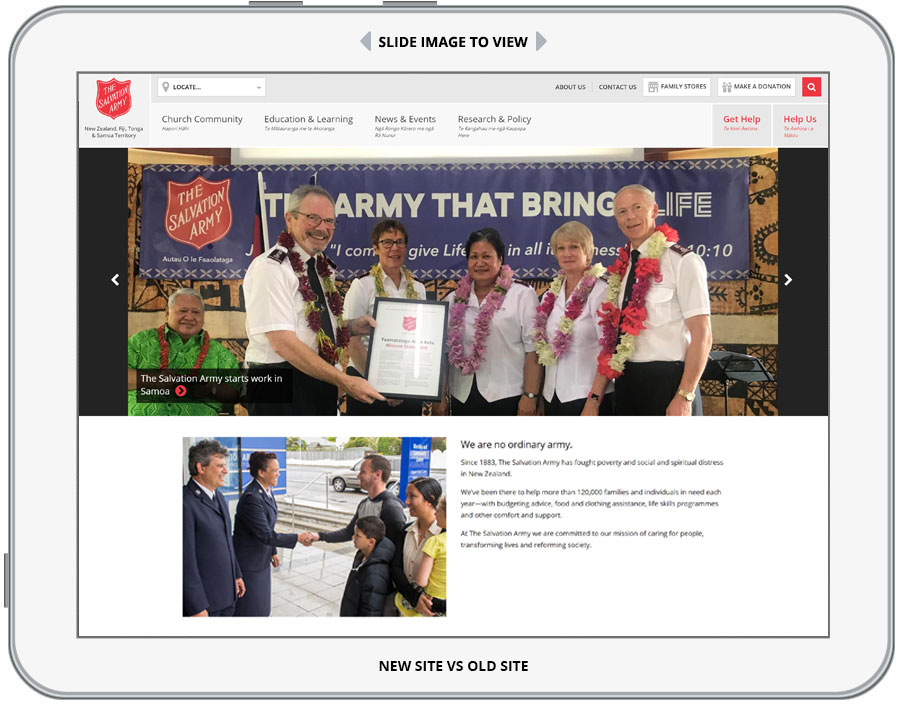- Client: Salvation Army NZ, Fiji & Tonga
- Date: July 2017
- Roles: Discovery, Design, Front & Back-end Build
- Product suite: Drupal
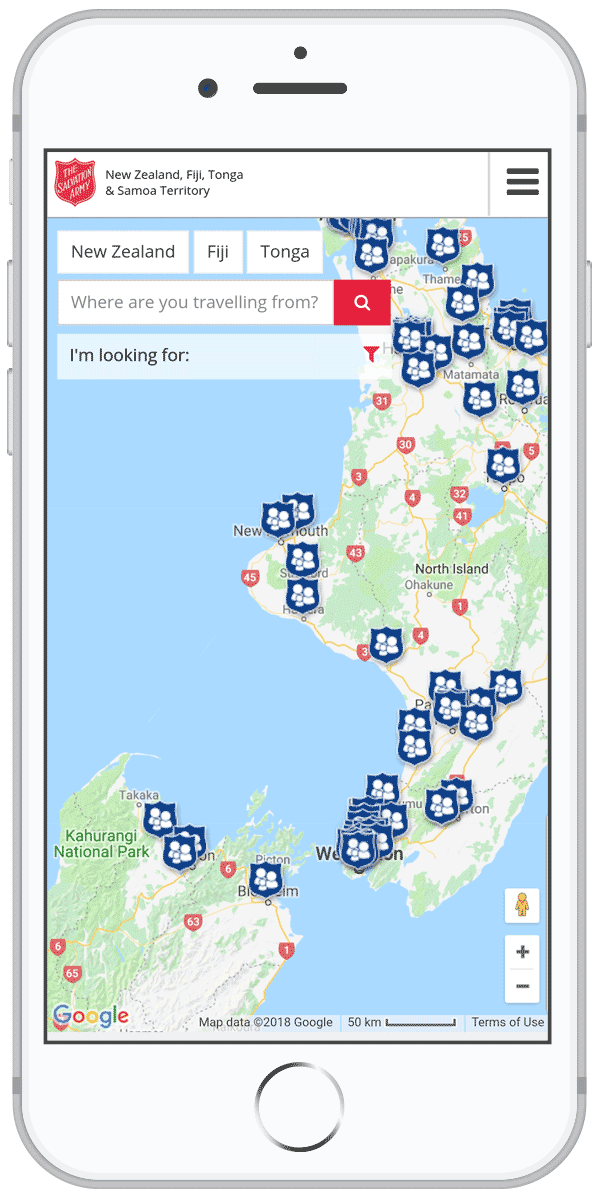
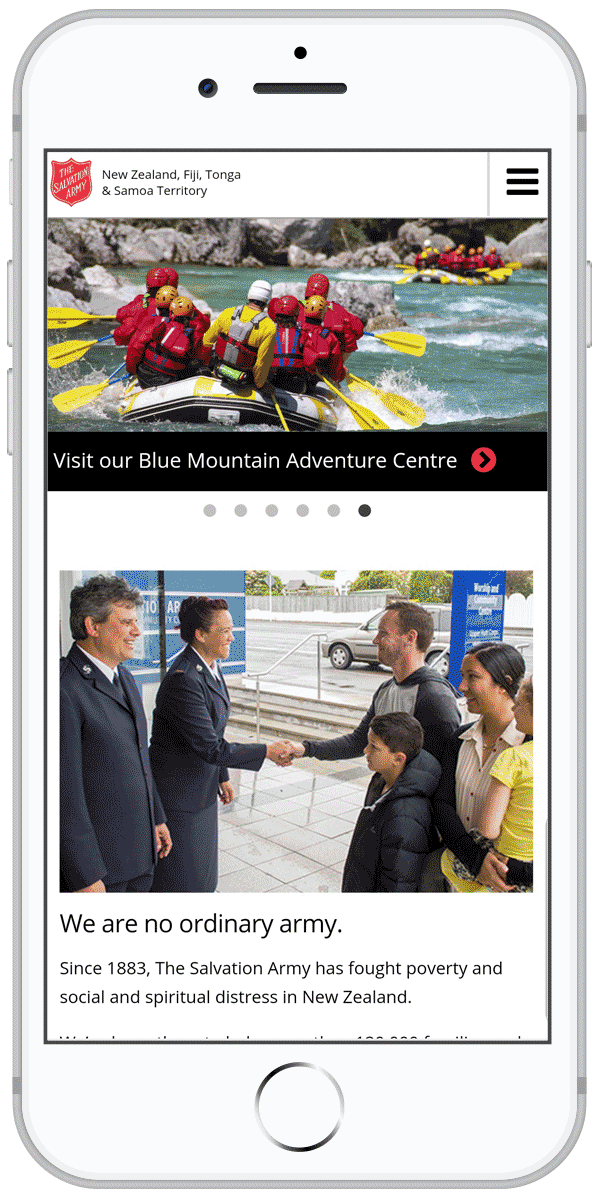
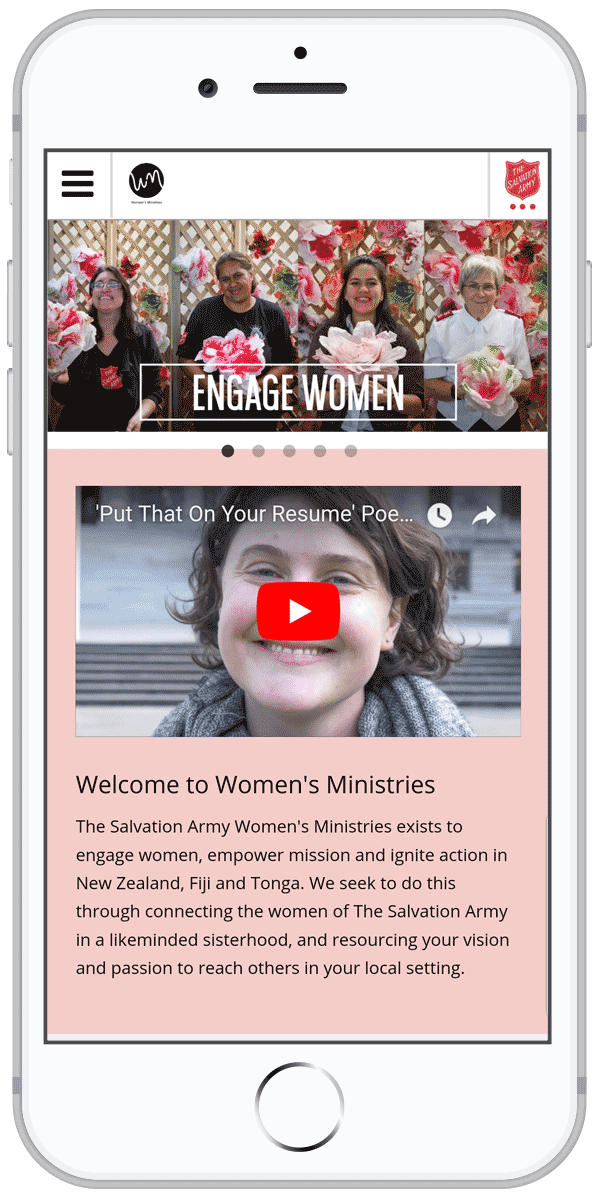
1 CMS, multiple sites
The recently re-developed Salvation Army website is a good example of how a single instance of content management system can serve up several different front-end websites, each with their own design and unique URL. Within their main corporate website (which contains core content relevant to the average user looking for information from the site), we have developed a system whereby the Salvation Army is able to create "microsites" for specific events or business units, each of which can be customised to have its own look-and-feel.
It's all about sharing
Content can thus be shared between the main site and those microsites, and all content editors have access to a common media and document library, meaning images and files don't need to be added to multiple sites whenever a piece of content is revised. Content editors can be given a mixture of roles, whereby a microsite admin will have the ability to add, edit and delete content on their own site, but a super-admin will have an overview of all the content on any of the sites using the system.
The key success factors
-
1 CMS
All sites using the same instance of the content management system save both time and money.
-
Feels like a family
Because the sites share templates and content libraries, visuals and voice are consistent and cohesive.
-
Versatile template structure
Template content is flexible and modular to allow for adaptability in each of the unique microsites.
-
Mobile & accessible
The new site is designed to be fully optimised for viewing on your mobile device.
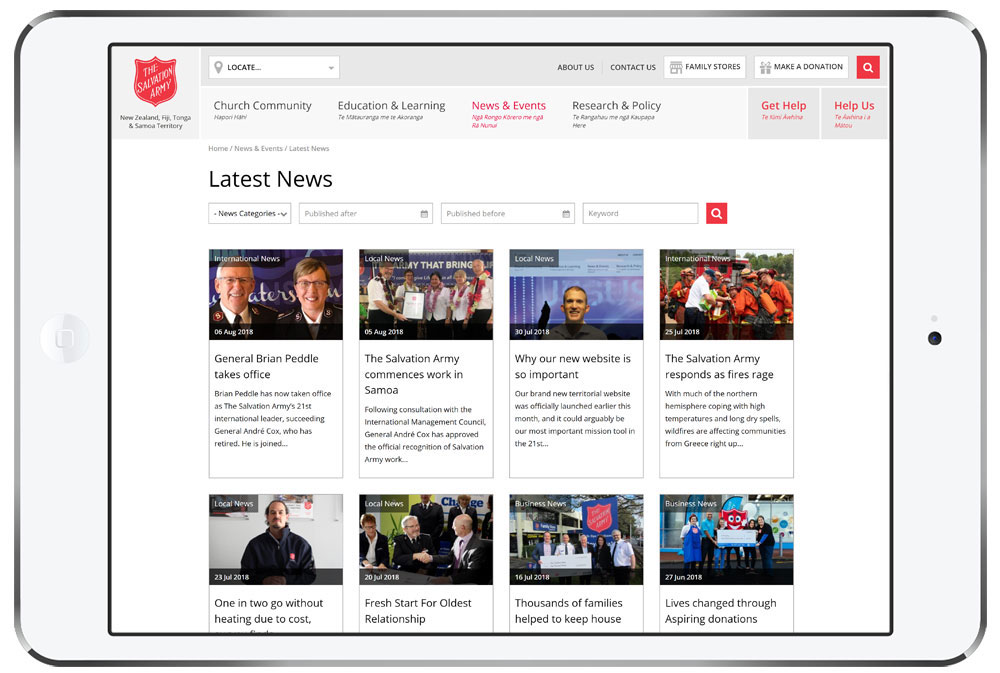
A single source = multiple cost savings
This allows the Salvation Army to maintain several websites, each with their own content and administrative teams, but with the benefits that come from having a common CMS: e.g. allowing for the ability to train staff on a single platform, to utilise a common document and image library, and to make back-ups and apply updates and fixes to a single source thus saving on overall IT administration costs.

